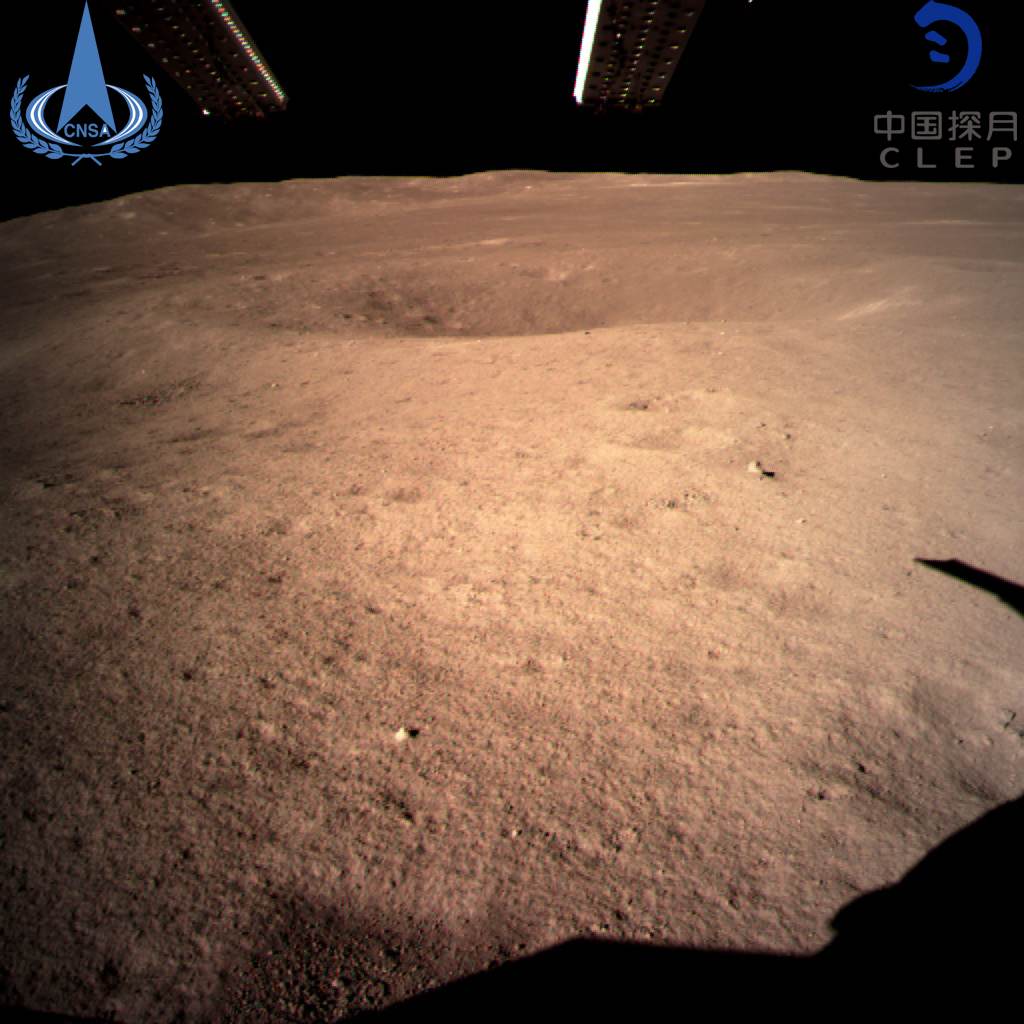China just accomplished the first landing on the far side of the moon
It's the first time a working rover has touched down on the far side.


Humans have never before been to the far side of the moon—that part of Eart’s only natural satellite (which receives about as much sunlight as the near side, so stop calling it “the dark side”) remains virtually unexplored, in spite of the fact that it’s been almost a half-century since we first sent humans to the lunar surface.
That’s all about to change. China successfully landed its robotic Chang’e 4 probe on the surface of the far side of the moon on Thursday, around noon Beijing time. It’s the first-ever soft landing of a human-made object on the far side (that “soft” qualifier is a nod to a U.S. probe that impacted the surface in 1962 and failed to gather any data in the process) and marks the beginning of a new period of lunar research that could reveal quite a few secrets about the origins of the moon, the Earth, and the solar system at large.
Chang’e 4 is not just a probe—it’s also home to a rover of its own called Yutu 2, which has already started rolling its new digs. Although the far side isn’t exactly a whole new world compared to the near side, there are some geological differences that could shed light into the history of the moon. Chang’e 4 is tasked with running a slew of different experiments that will inevitably benefit space science in the way these uncommon missions can. And lastly, the mission will help test out communications infrastructure that will be useful as we prepare to converse with future lunar settlers or outposts located on other worlds like Mars.
The Chang’e 4 team has wasted no time getting to work, and is already relaying images of the far side taken by the probe.
Chang’e 4 landed at the Von Karman crater in the South Pole-Aitken basin, a region of the lunar surface scientists know quite little about. It’s speculated the 1,550 mile-wide basin is the result of an ancient meteor crash.
The mission is just one in a series of ambitious lunar missions China has launched as part of a greater effort to bolster its space program—and put it in a position to compete directly with the U.S. for space dominance. China has made no secret of its ultimate goal to send humans to the moon within the next couple decades, and the Chang’e program is simply a stepping stone to that achievement.